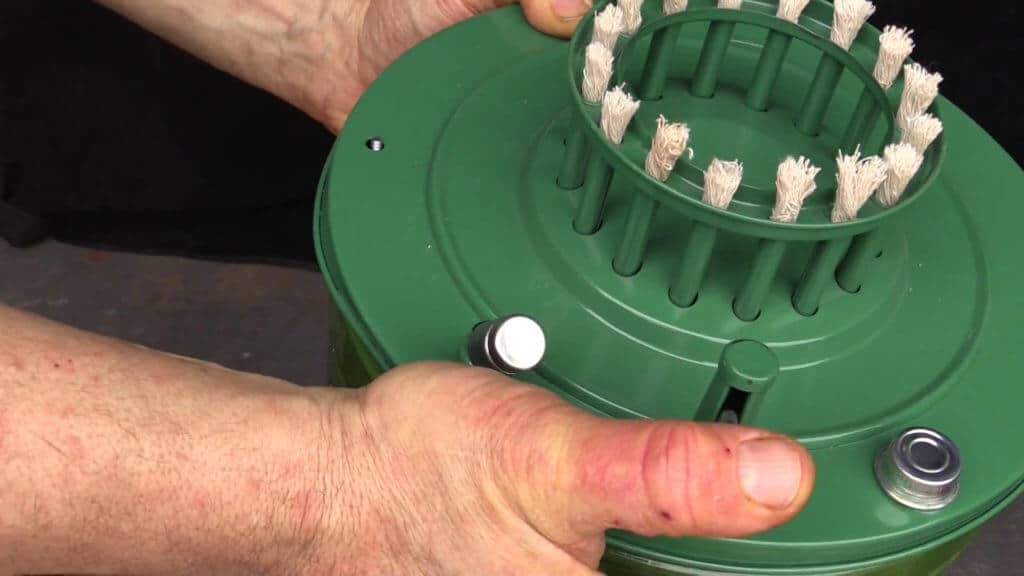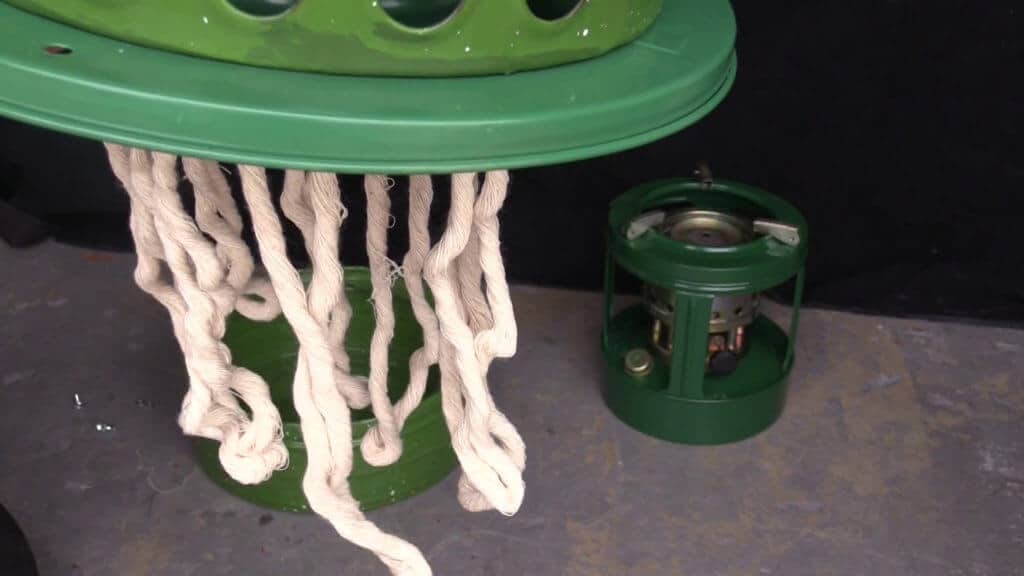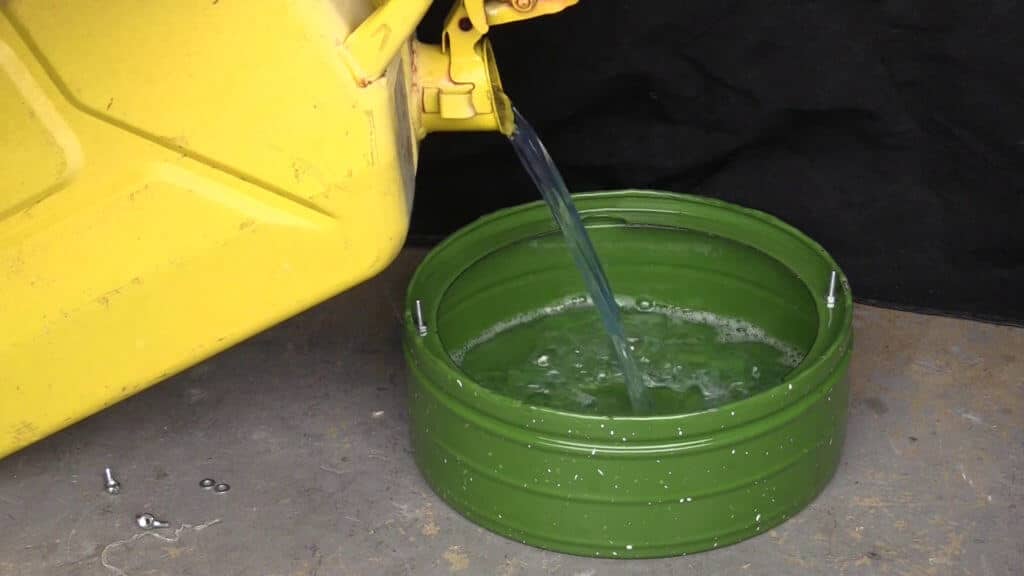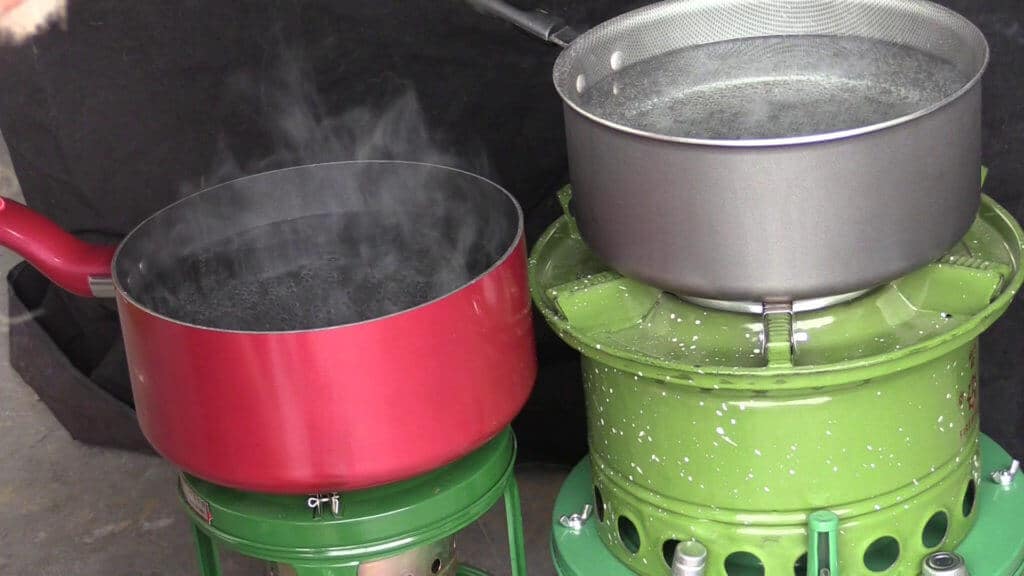
Diesel/Kerosene Stoves at Star & Bullock Hardware – Available for immediate shipping!
This may have been the coolest product I ever found over years of weekly Prepping 101 columns. I first discovered them back in 2016, and over the next few months explored everything from baking to canning with them. So for this reboot of Prepping 101, I figured that they would all still be available, but they are not. Every link from those articles is dead.
I had to work with the team from Star & Bullock Hardware to source them again, and bring them into the country, so the links above are available. It is a bit of a grift, as I explained in the video, but it is what it is. Right now it is hard to get things out of China, and neither you nor I nor they had anything to do with shipping all of our jobs overseas. We make nothing here in the US, so standing on principles is great, when there is a principle to stand on. Right now survival is all that matters.
Rant over.
In my original article I explained that America had been led down a path of propane for off-grid/camp cooking. Propane is a fantastic fuel, and provides rip roaring BTUs without having to pump a pressure tank. But from a survival perspective, it has it’s limits.
These stoves were made for kerosene, wicked up through what look like mop strings, so I call them mop wick stoves. You likewise do not have to pump them, but the BTUs are not even close to a propane burner. For everyday cooking, they are definitely more BTUs than a single electric burner like you would get at Walmart, and probably are comparable to the small burners on your home electric stove. The bottom of the stove is just a pan, not a pressure tank, and the wicks sit down in the pan.

What I think makes them superior to relying on propane is that unless you rely on propane for heat at home, storing a lot of propane for long term survival use is costly, and requires heavy and expensive pressure vessels. Don’t get me wrong. I have a dozen or so 20lb propane tanks squirreled away in my various locations, but for long term, like years long term, I like to have some of these mop wick stoves on hand.
Because they work great with diesel.

Diesel fuel is not what it was when the original kerosene appliances were designed. It is much lighter and clearer and it doesn’t smell at all anymore, due to emission regulations. I have even used the finicky Aladdin lamps with diesel, and these mop wick stoves have no problem whatsoever.
The nice thing about diesel is that it is cheap, or cheap by today’s terms at least, and you can store it in any HDPE container, which even should even include an IBC tote, which is 275 gallons. It does not pressurize like gasoline. The fumes are not dangerous, and at normal ambient temperatures, you can throw a lit match into diesel and the match will go out.
In these stoves, diesel lasts a long time because the heat is not wasted as badly as it is with a rip roaring propane burner. One five gallon can will most likely last two people cooking two meals a day a month or more, and that is not true of a 20lb propane tank. The stoves cook slower, but you are getting benefit from far more BTUs.

I also think that after the collapse, there is going to be a ton of both gasoline and diesel available for free. That is why I covered both fuels at length. With a hand pump, available at Harbor Freight and online, you’ll be able to draw fuel out of abandoned gas stations, and tons of vehicles that will be sitting in driveways and on the roads that will be blocked by people who got stuck trying to escape to nowhere.
f you are in an apartment or even in a house in the suburbs, sourcing and/or storing a lot of wood for a rocket or other wood fired stove can be problematic. Ideally you don’t want to have to go out for fuel for a long, long time. Keeping a few cans of diesel on hand, and having a hand pump, will give you a long time without having to go out, and containers for future use.
These stoves are strictly for outdoor use on a non-flammable surface. Once they heat up, the whole stove heats up, which will bring the fuel above its ignition temperature. Diesel is still not explosive, but it can create a nice inferno without a lot of encouragement. Never light them without the draft controllers on, and don’t take those cans off when they are lit, especially if the wicks are lifted.
I don’t personally refill these stoves while they are going, which is why I suggest to buy the larger size if they are still available when you inquire. the tank is at least a half a gallon, and will last through any cooking job you would need, even canning. The small one is good enough for single meal cooking for most small groups, and it is very stable, so don’t feel like you have to get the big one as these stoves have gotten pricey for the ones that are actually here and available.
To make the wicks last longer, don’t let the fuel run out. Lower the wicks when you are done cooking, and blow the flames out. This will prevent the wicks from going to ash and burning a lot off the tops. I haven’t used these stoves enough to say how long the wicks last, but it is a while, and the stoves available now come with a good sized pack of extras. Mop heads may also of course be used.
Measured performance of these stoves I cover in the video. I tried to make sense of the math for you guys, but it isn’t really practical because of the inefficiency of the heat escaping over the sides of the pan, and the steam escaping from the top. The small stove boiled a 1/2 gallon of water in about 20 minutes, or a little more. The large stove did it in about 15 minutes. Neither stove would product a hard rolling boil without the pans being covered.

Ideally, if you are serious about being able to cook, it is smart to have stoves that can handle wood, gasoline and diesel, and even coal. I will be digging into these further in the course of this column again. But search the archives and you will find all the products I have discovered over the years. Some are still available, and I’ll be working to get many of them available soon.